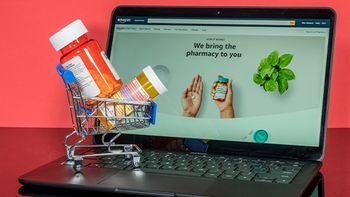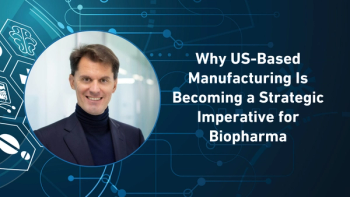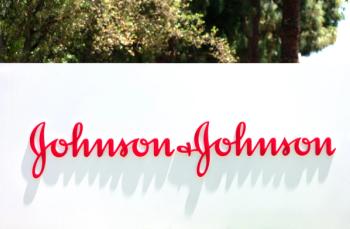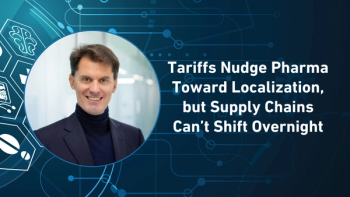
- Pharmaceutical Commerce - January/February 2017
Medical associations, policy groups organize to fight counterfeit drugs and rogue online pharmacies
New consumer-education campaign led by Alliance for Safe Online Pharmacies
Somewhat like the little Dutch boy with his finger in the leaking dike, the Alliance for Safe Online Pharmacies (ASOP Global; Washington) is redoubling its efforts to educate both medical professionals and consumers about the risks of illicit online pharmacies, most of which cross national borders to sell either unauthorized or counterfeit drugs, or to fill orders without a valid prescription. The problem is a well-recognized one, and gets addressed routinely by such intergovernmental efforts as the annual
All that being said, ASOP Global has garnered the support of the American Medical Assn., the American Pharmacists Assn., and 14 other health or consumer organizations (including HDA, NACDS, NABP and USP) to launch a new campaign, “Buy SafeRX,” (and also launching a new website,
“Healthcare providers can play a significant role in educating patients about the risks associated with purchasing medications online and how to stay safe,” said ASOP Global executive director Libby Baney in a statement.
BuySafeRx.pharmacy is part of the
BuySafeRx is including a verification service, powered by data from LegitScript, Inc., a private company that has been employed by federal agencies and others to investigate online-pharmacy operations. LegitScript, in turn, has worked with the Center for Safe Meds Online, a nonprofit funded by leading search engines and credit card firms to police online pharmacy business practices. A
For the past year or so, ASOP Global has been sounding the alarm that the increasing numbers of seniors in the US—who tend to require substantially more pharmaceuticals than younger consumers—combined with their more-limited incomes and therefore a higher propensity to shop online for value, the need to police illicit online pharmacies will grow. Whether or not the trend is age-related, a
If those 8% of consumer purchasers acquired all of their prescriptions abroad (an admittedly dubious claim), that translates into $32 billion of the
Articles in this issue
almost 9 years ago
Hey, what’s this supply chain stuff?almost 9 years ago
Healthcare confronts opioid addictionalmost 9 years ago
FDA issues guidances on biosimilarity naming, interchangeabilityalmost 9 years ago
US Drug Pricing Debate: Finding some dearly needed real solutionsalmost 9 years ago
A conversation with Mark Sell, MD Logisticsalmost 9 years ago
Getting to prescribers via the diagnostics routealmost 9 years ago
Pharmaceutical Cargo Security Coalition (PCSC) sets expanded agendaalmost 9 years ago
Commercial IT moves to the cloudalmost 9 years ago
Consultant pharmacists and long-term care 101Newsletter
Stay ahead in the life sciences industry with Pharmaceutical Commerce, the latest news, trends, and strategies in drug distribution, commercialization, and market access.




